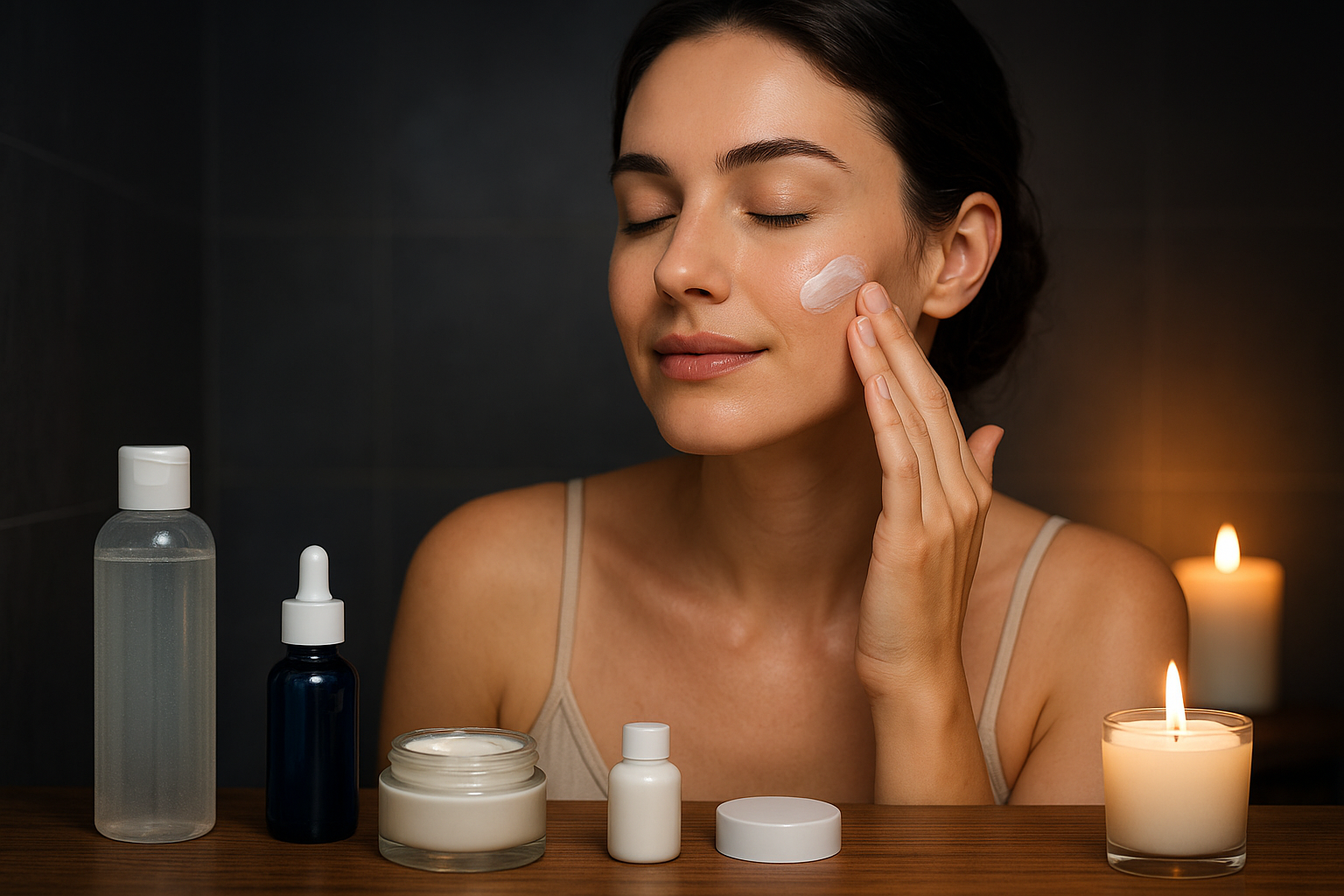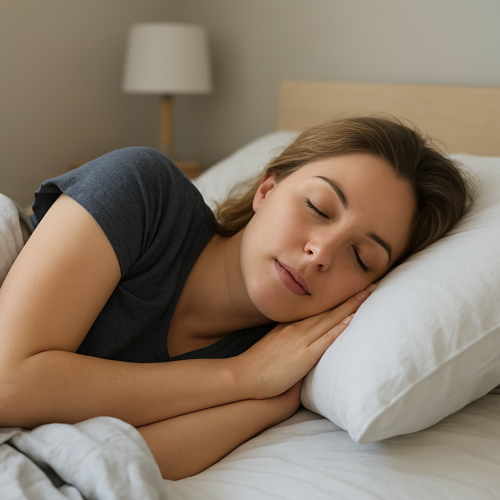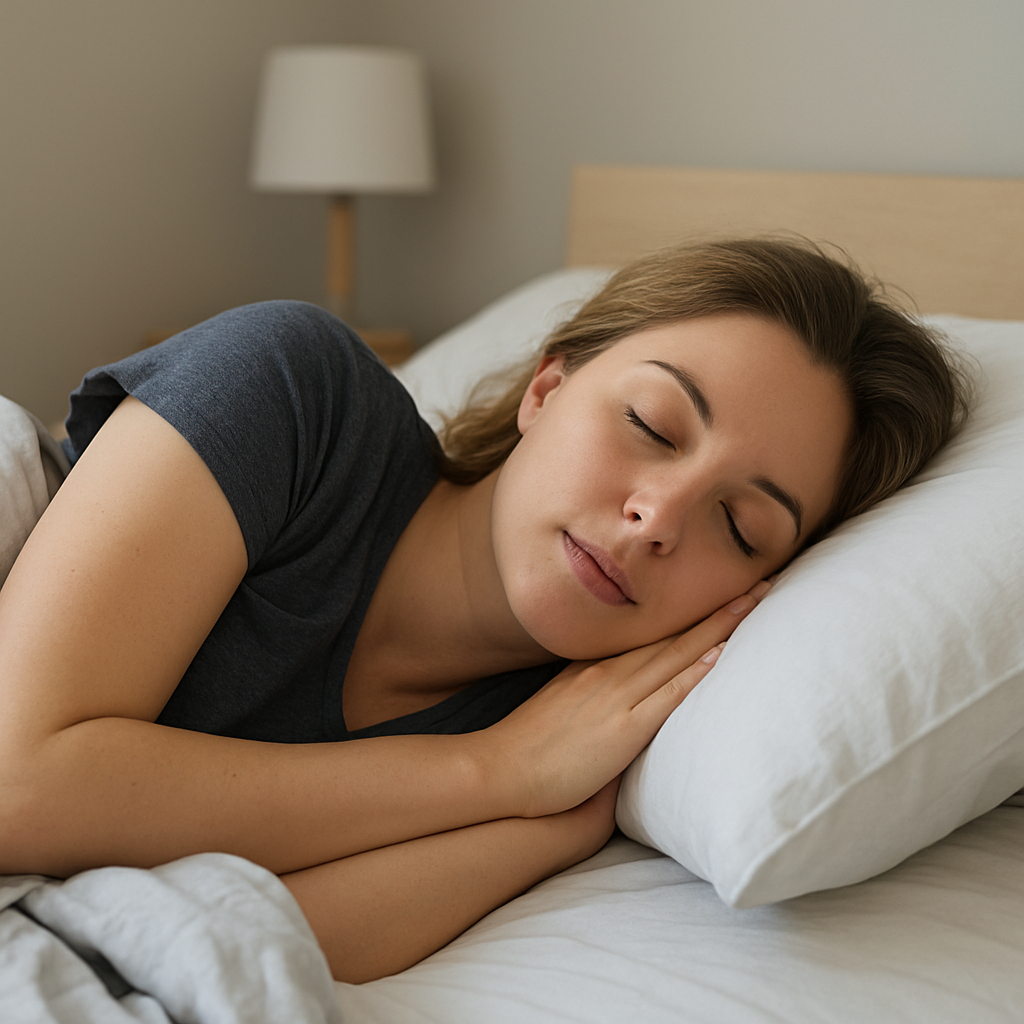At night, your skin enters repair mode. While you sleep, your body works to restore and regenerate skin cells, making evening the perfect time to support this process with the right skincare routine. Unlike the morning, which focuses on protection, nighttime skincare is all about cleansing, nourishing, and recovery.
If you want to wake up with fresh, glowing skin, here’s a complete guide to building the perfect nighttime skincare routine.
Step 1: Remove Makeup and Impurities
The first step at night should always be removing makeup and buildup from the day. Leaving makeup on overnight can clog pores and accelerate aging.
- Use a gentle makeup remover or cleansing balm.
- Pay attention to areas like around the eyes and lips.
- Even if you don’t wear makeup, removing sunscreen and pollution is essential.
Double cleansing (using an oil-based cleanser followed by a water-based cleanser) works well for those who want a deeper clean.
Step 2: Cleanse Thoroughly
After removing makeup, wash your face with a gentle cleanser suited to your skin type.
- Avoid harsh cleansers that strip natural oils.
- Use lukewarm water, not hot.
- Massage the cleanser gently into your skin before rinsing.
Cleansing helps clear away dirt and prepares your skin for absorbing treatments.
Step 3: Exfoliate (2–3 Times a Week)
Exfoliation isn’t necessary every night, but doing it a few times per week helps remove dead skin cells and keeps your skin smooth.
- Use a gentle physical exfoliator (scrub) or a mild chemical exfoliant (like AHA or BHA).
- Avoid over-exfoliating, which can irritate the skin.
- Always moisturize well after exfoliation.
This step allows your skincare products to penetrate better and gives your skin a refreshed texture.
Step 4: Apply Toner or Essence
Toner or essence helps hydrate and balance your skin after cleansing.
- Choose a hydrating formula with ingredients like rose water, aloe, or hyaluronic acid.
- Apply with a cotton pad or by gently patting it into your skin.
This step preps your skin for richer treatments like serums and night creams.
Step 5: Use a Targeted Serum
Night is the best time to use treatments that support repair.
- Hyaluronic acid serum: hydrates and plumps the skin.
- Niacinamide: helps with redness, oil control, and smoothness.
- Peptide or antioxidant serums: support collagen and repair.
Apply serums in thin layers to allow absorption.
Step 6: Moisturize with a Night Cream
Moisturizers lock in hydration and help your skin recover overnight. Night creams are usually thicker than daytime moisturizers.
- Use a nourishing cream that matches your skin type.
- Look for ingredients like shea butter, ceramides, or natural oils for deeper hydration.
- Don’t forget to apply to your neck as well.
This step ensures your skin wakes up soft and smooth.
Step 7: Care for the Eye Area
The skin around your eyes is thinner and more delicate, so it benefits from extra care.
- Use an eye cream with hydrating or brightening ingredients.
- Gently tap it in with your ring finger (the weakest finger) to avoid tugging.
This can help reduce puffiness and fine lines over time.
Step 8: Maintain Healthy Night Habits
Good skincare isn’t just about products — lifestyle plays a big role.
- Change your pillowcase regularly to avoid bacteria buildup.
- Sleep on your back to prevent pillow creases on your face.
- Aim for 7–9 hours of sleep for proper skin recovery.
Your evening environment matters as much as your skincare products.
Final Thoughts: Wake Up Glowing
A nighttime skincare routine doesn’t need to be complicated. By focusing on cleansing, hydrating, and nourishing your skin, you’re helping it recover and prepare for the day ahead. Consistency is key — when you stick to these steps, you’ll notice your skin becoming softer, clearer, and more radiant over time.
Going to bed with a proper routine is like giving your skin a nightly recharge. Each morning, you’ll wake up refreshed — and your skin will show it.








